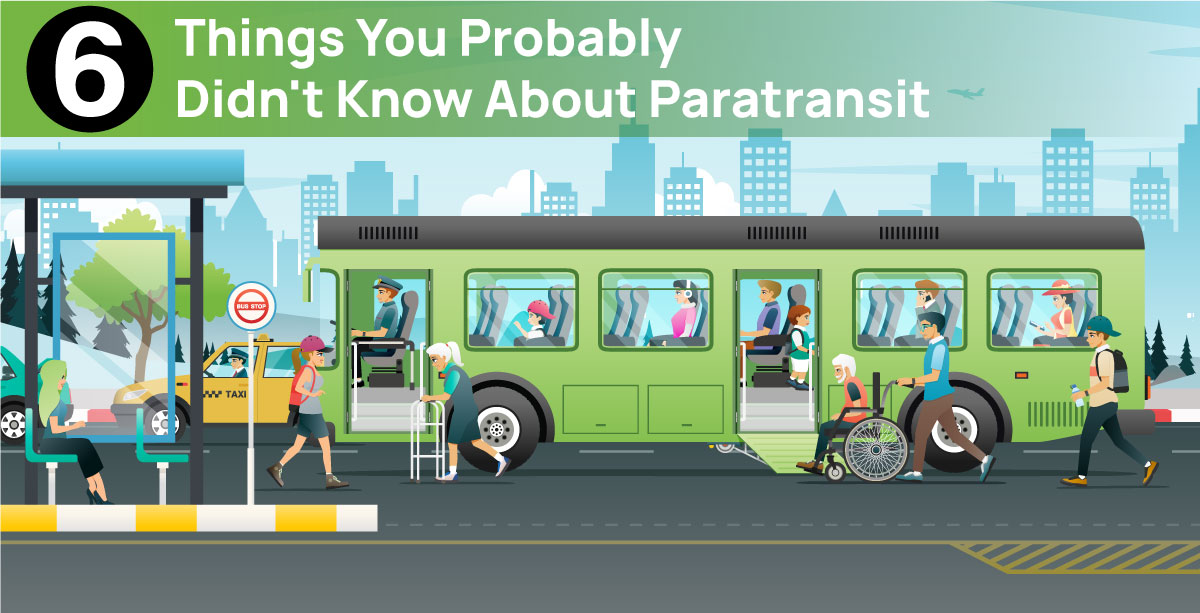February 1, 2024

Exploring the complex landscape of accessible transportation, our investigation unveils the historical origins and current dimensions of paratransit services. Few individuals are acquainted with the intricacies of maintaining operational accessibility for on-demand transportation or non-emergency medical transportation services in their respective cities.
1. Paratransit Transportation Began in the 1970s.
Paratransit services, the lifeline of accessible transportation, have a rich history dating back to the 1970s. Before the game-changing Americans with Disabilities Act (ADA) of 1990, these services were championed by not-for-profit human service agencies and public transit heroes, responding to Section 504 of the Rehabilitation Act of 1973.
2. Paratransit services are accessible only in areas with existing public transportation.
Think of paratransit as the trusty sidekick to public transport, always there to complement existing options. Thanks to the ADA, this indispensable service is now guaranteed within 3/4 of a mile of any existing bus or rail route, ensuring seamless connectivity for everyone.
3. While all paratransit services respond to demand, not all demand-responsive transportation falls under the category of paratransit.
Here’s another fun fact: while all paratransit is demand-responsive, not all demand-responsive transportation qualifies as paratransit. Ever heard of the “Uberization” of transportation? While it’s made travel more accessible, true paratransit services are specialized, serving multiple passengers, and tailored specifically for those eligible under ADA guidelines.
4. A significant majority, exceeding 75% of paratransit services, are efficiently operated by experienced contractors.
Now, meet the unsung heroes: contractors! These magicians operate 75% of paratransit services, ensuring every journey is a success. Did you know that 80% of paratransit vehicles are owned by local transit agencies? It’s all about community collaboration and efficiency.
5. Paratransit services can cost up to 10 times more than fixed-route services.
However, fares are legally limited to double that of fixed-route fares. While the average fixed route bus trip costs $5 for transit operators, paratransit trips often range from $60 to $90, emphasizing the significant cost difference.
6. Paratransit is accurately described as “origin-to-destination ‘by the ADA.
Let’s clarify the terminology: paratransit operations may sound like dial-a-ride, on-demand, or door-to-door services, but they’re accurately described as “origin-to-destination” services as per the Department of Transportation’s ADA regulations. It’s all about ensuring eligible passengers can navigate from their starting point to their destination hassle-free.
In the ever-evolving landscape of paratransit, technology has taken center stage, and leading this transformative charge is ADEPT IQ. This state-of-the-art technology has redefined the paratransit experience, bringing efficiency, safety, and innovation to the forefront. Discover how ADEPT IQ is shaping the future of accessible transportation and ensuring a seamless journey for individuals with diverse mobility needs.
Get your free demo now and see how our SaaS platforms will optimize your transportation organization.
Subscribe to our newsletter
2023. All rights reserved. DDS Wireless Inc.